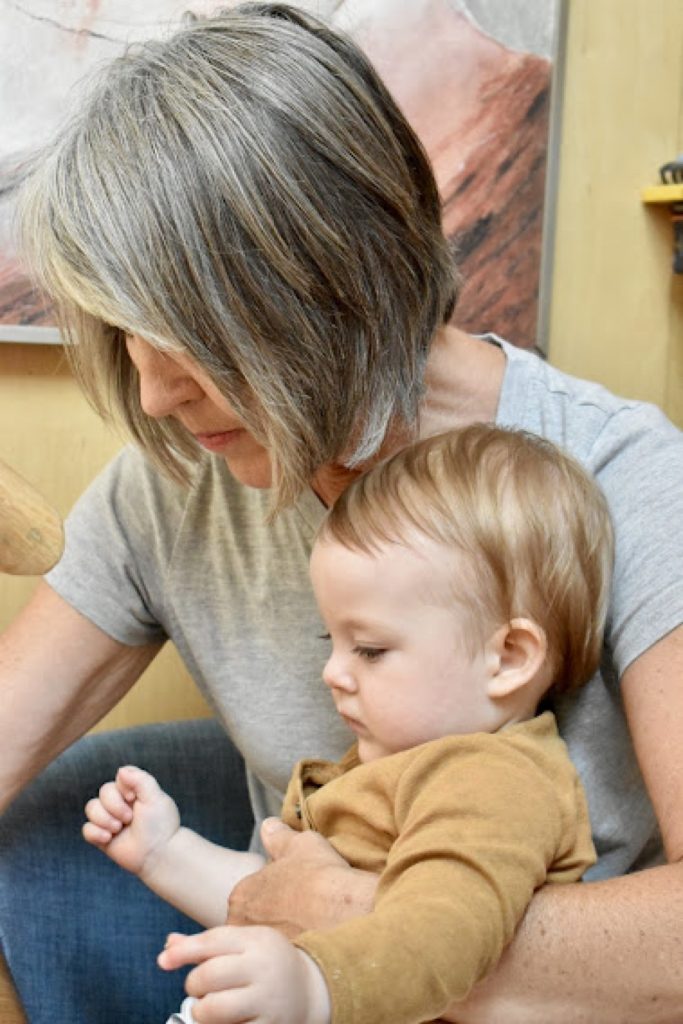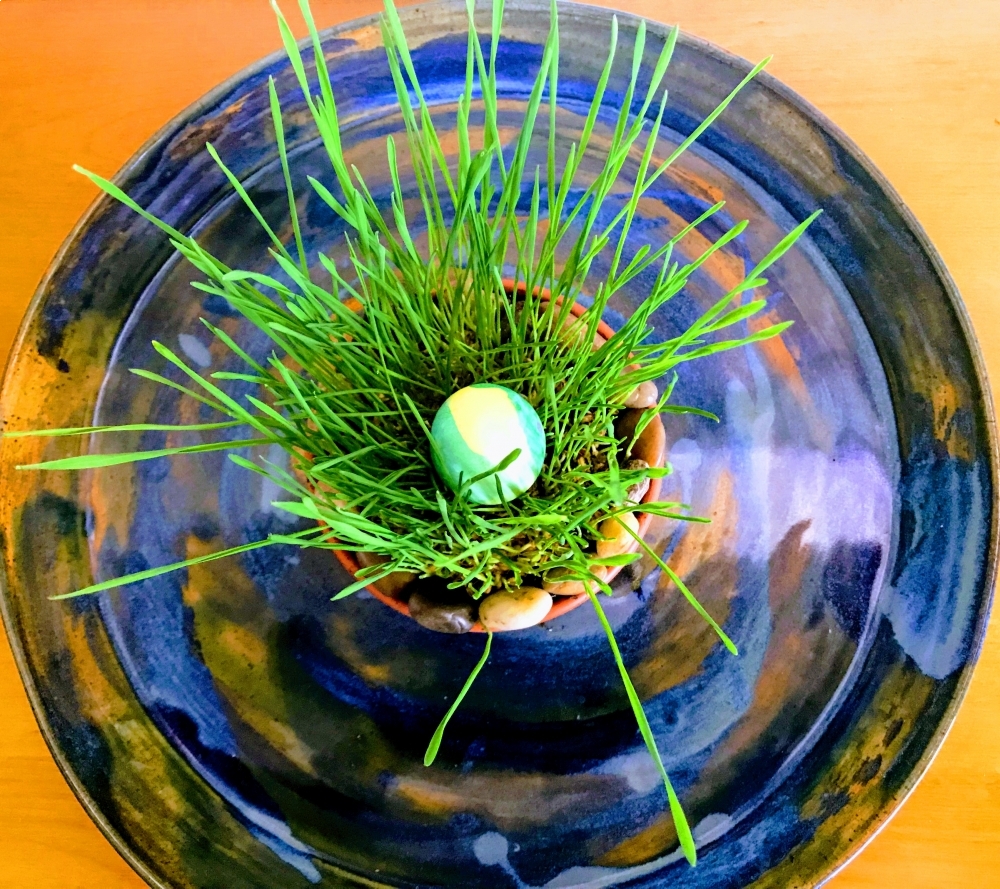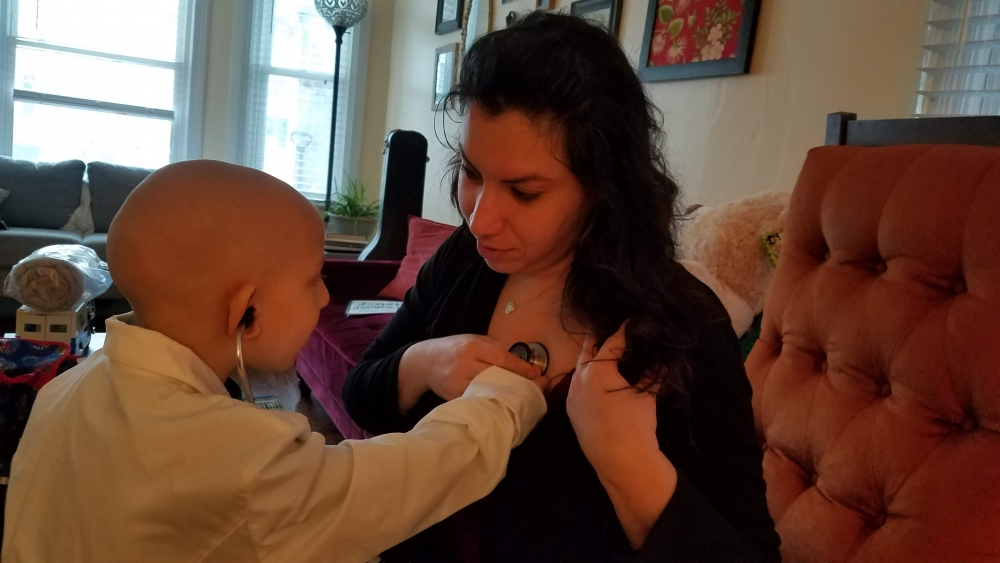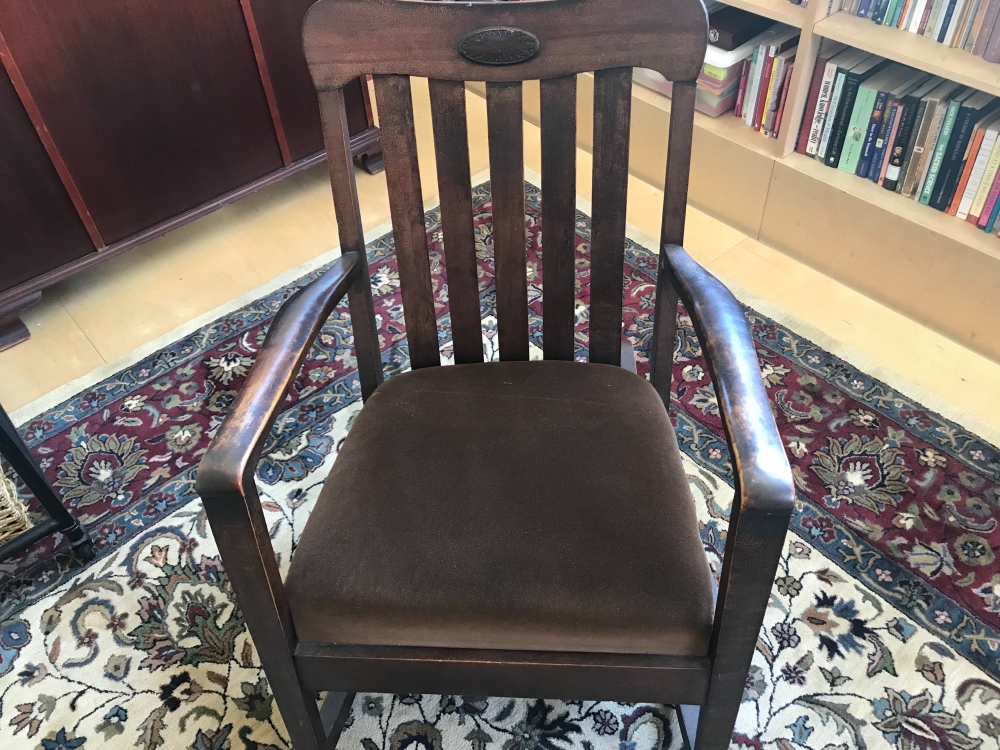This time of year, the second half of winter, is a powerful time for gestating what we want to grow in our lives. Underground, plants are waking up. Animals are coming out of hibernation. In our minds, we are imagining our summer gardens and adventures ahead.
I even dreamt about being at our summer retreat last night. Of course, the grandchildren were there, and we were all ready to have some fun, but the place was not ready for us. We were intruding.
Ok, I get it, it’s not time to jump in yet! My garden is still covered with a few feet of snow. Patience can run low when enthusiasm is running high. It’s an active waiting time – time to imagine, to dream, to gestate – all a part of the creative process.
Do you feel it – the energy of hope, possibility, and enthusiasm that spring is on its way? Those feelings stir the imagination. and are alive in my favorite phase of human development – early childhood. It is the window for developing the imagination. We were all children with vivid imaginations at one time. The capacity still lives inside of us, even if buried beneath the snow.
Before we manifest something in the outer world, we must prepare to receive it. We prepare by imagining what we want and generating the feeling that it is already here. How would it feel to live that dream?
This year, I am imagining a kinder world emerging from the gestation period of late winter. There is great power in kindness. It is like sunshine that comes from within. It can brighten even the darkest day. Seeking a kinder world begins with being kinder and gentler myself.
My mother had these words from the Talmud on the wall by her desk, “the highest form of wisdom is kindness”. That plaque, long gone, got me thinking about kindness. I’ve come to view it as love in action and love is wise. Kindness, like love, serves both giver and receiver.
I have noticed when I am kind to myself, when I use a gentle approach, the whole world becomes kinder. What is kindness anyway? Is it a sugar coating, pretense, a form of manipulation to get what we want?
None of them. Kindness itself is its purpose with no other motives. The benefit of kindness is being kind. It brings meaning to our lives, lifts us up beyond our troubles, and builds our self-esteem. And it can begin with a simple deed of sending well wishes to another for no reason but to be kind. It is a practice. Perhaps you recall the mistakes you made during the day (I do), try remembering the kind deeds as well
I am an early childhood educator and advocate for young children and those who care for them. As I mentioned already, children express the qualities of springtime – they are full of life and also dependent on adults for their survival.
The dependency of children draws out kindness from the adults who care for them. It is kind to put a child in your lap and read them a story or sing nursery rhymes, gently wipe food from mouths, or offer hugs when they get hurt. It is also kind to put them to bed when they are tired.
It is the kindness of adults that encourages the young child to not only survive, but to thrive. When adults respect the young child and fulfill their needs in a way that is kind, it serves children’s development and well-being.
Are you familiar with the Aesop’s fable about the contest between the sun and the wind? They compete to see which one can get the man walking down the street to remove his coat. When the wind howls, the man pulls his coat tighter around himself but when the sun shines and warms him, he takes it off. The sun wins and the moral is: kindness is more powerful than forcefulness.
As sunshine helps the garden grow, kindness helps children and I suggest, all humans grow. I imagine a culture of kindness beginning with how we care for children – administering what they need in a kind way – food, clothing, sleep, and shelter. Also, granting them time and space to play, clear boundaries, and big hugs!
When children have their needs met with kindness, compassion for the child and the adult, and understanding of development, children grow into adults who know how to meet their own needs and what’s more, how to be kind.
If we are not in the presence of young children whose presence draws out kindness, we can remember we all have an inner child. That child wants to be seen, heard, and understood. You can be kind to your inner child. Again, it’s a practice.
In my opinion, the most important things in life are a part of early childhood education. It makes me wonder why it is not more highly recognized and valued.
Maybe one day, it will be. But in the meantime, we can borrow lessons from the nursery by offering small acts of kindness, expecting nothing in return. Start by smiling at every child you see. It’s easy with children, they often smile back, wave, or sometimes even blow a kiss.
When you smile, your heart softens. A soft heart is a kind heart. That’s where it begins. And it grows from there.




